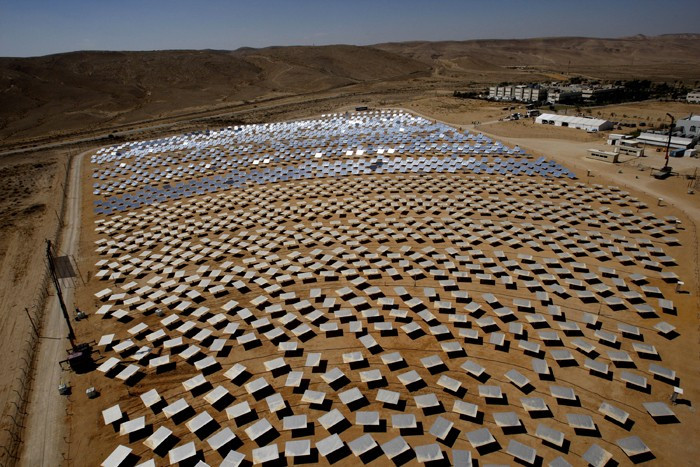Low Carbon Energy: IEA Suggests Efficiency And Tough Policies

With the energy sector generating two thirds of global greenhouse gas emissions, the International Energy Agency (IEA) has laid out five actions to take the world to a low-carbon energy sector.
These include immediate action to be taken by 2020, electricity decarbonisation, redirecting investments into clean energy, mobilising non-climate goals for energy decarbonisation and strengthening energy security.
"Energy accounts for two-thirds of global greenhouse gas emissions, so any climate agreement that emerges will need to work for the real-world energy sector," said IEA executive director Maria van der Hoeven.
"Energy use has been, and will continue to be, a critical driver of economic growth, social development, and poverty reduction. The five priorities we are highlighting today are intended to bring energy-sector realities front and center in climate discussions."
The energy sector produced 31.7 Gt of CO2 in 2012, the largest share of which came from power generation.
Electricity generates 25% of all global GHG emissions.
Current policies could see annual electricity emissions increase to nearly 18 Gt by 2030, while in the IEA's 2C Scenario (2DS) they decrease to 8 Gt, 53% lower.
In the IEA Energy Technology Perspectives 2C scenario (2DS), stringent policies cause emissions to fall 19% globally by 2030 compared to 2012 levels, instead of rising more than 30%.
Likewise, OECD emissions decline by 38% in the same timeframe. Non-OECD emissions drop to 8% below 2012 levels by 2030 after peaking in the 2020s, rather than increasing 47%.
Challenges to this transition include locked-in infrastructure, short-term market conditions favouring coal, fossil fuel subsidies, and inadequate carbon pricing. Solutions lie in greater efficiency and switch to cleaner energy sources.
Start right now
The IEA notes that emissions reductions on an immediate basis before 2020 can bridging 80% of the gap to an optimal 2C path at no extra gross domestic product cost.
Most important element in this is energy efficiency, which provides half of the projected savings.
The energy efficiency package consists of quick-to-implement improvements to heating and cooling in buildings, appliances and lighting, industrial motors and vehicle fuel economy standards.
Second of the four key actions is reduced use of inefficient coal-fired power generation, and the final
two are a partial phase-down of fossil fuel subsidies and reduced methane venting and flaring in upstream oil and gas production.
Other actions can also deliver pre-2020 results, notably accelerated expansion of renewables in power and heat.
Strong policies needed
To propel power sector decarbonisation forward, strong policies with wide reach are required. Carbon pricing (including carbon taxes and emissions trading) is critical.
Strong policies supporting low-carbon electricity could more than halve electricity emissions in 2030. This would save 9.5 gigatonnes in 2030 – an amount larger than China's total 2012 energy-related emissions, says the IEA.
Reshape investment and accelerate innovation in low-carbon technologies now. Mobilise non-climate goals like health, energy security and transport to promote energy sector decarbonisation.
Strengthen the resilience of the energy sector to climate change through policy and commercial actions as even a 2C scenario will pose risks.
In the light of recent reports like the World Bank commissioned ones, it becomes important to stop further emissions and look at mitigation.
© Copyright IBTimes 2025. All rights reserved.





















